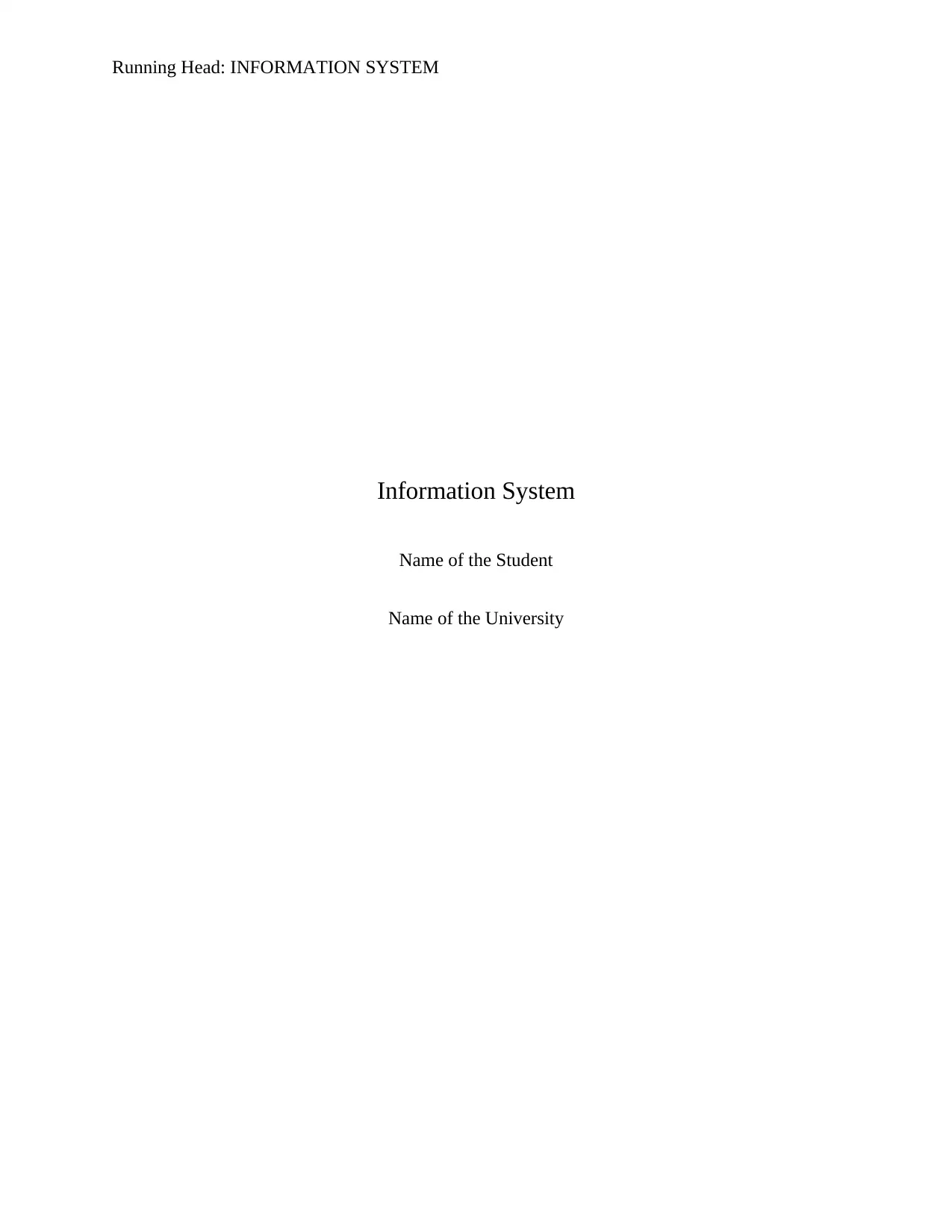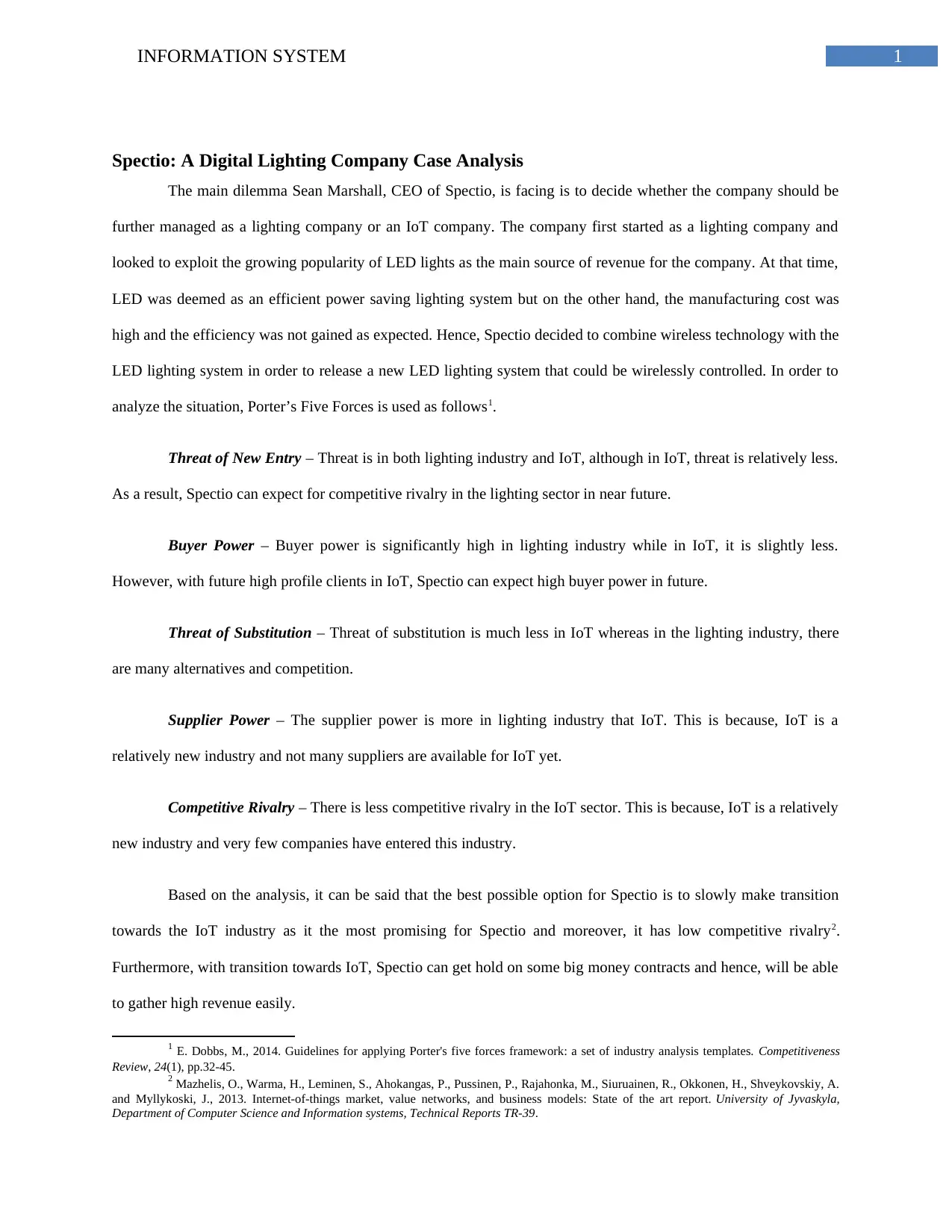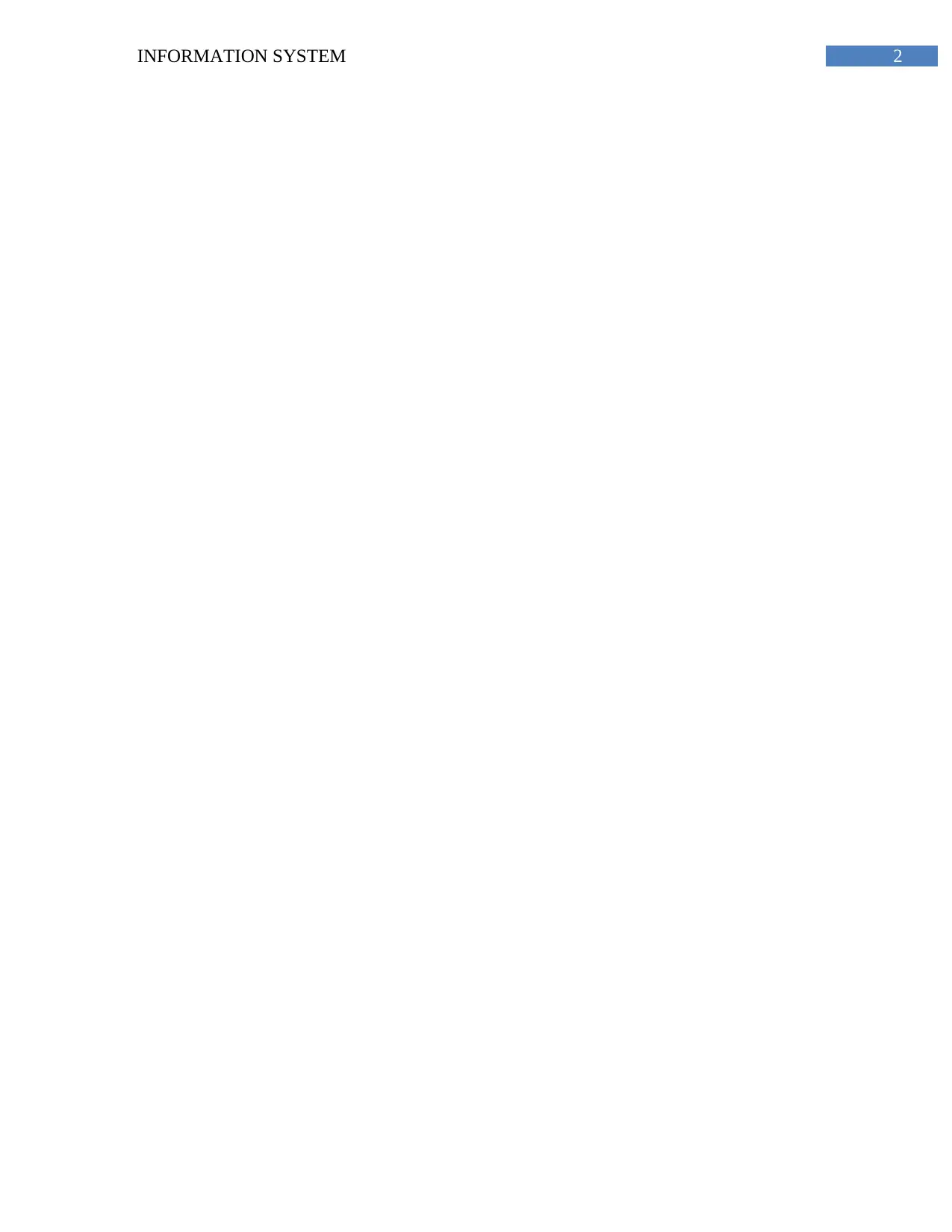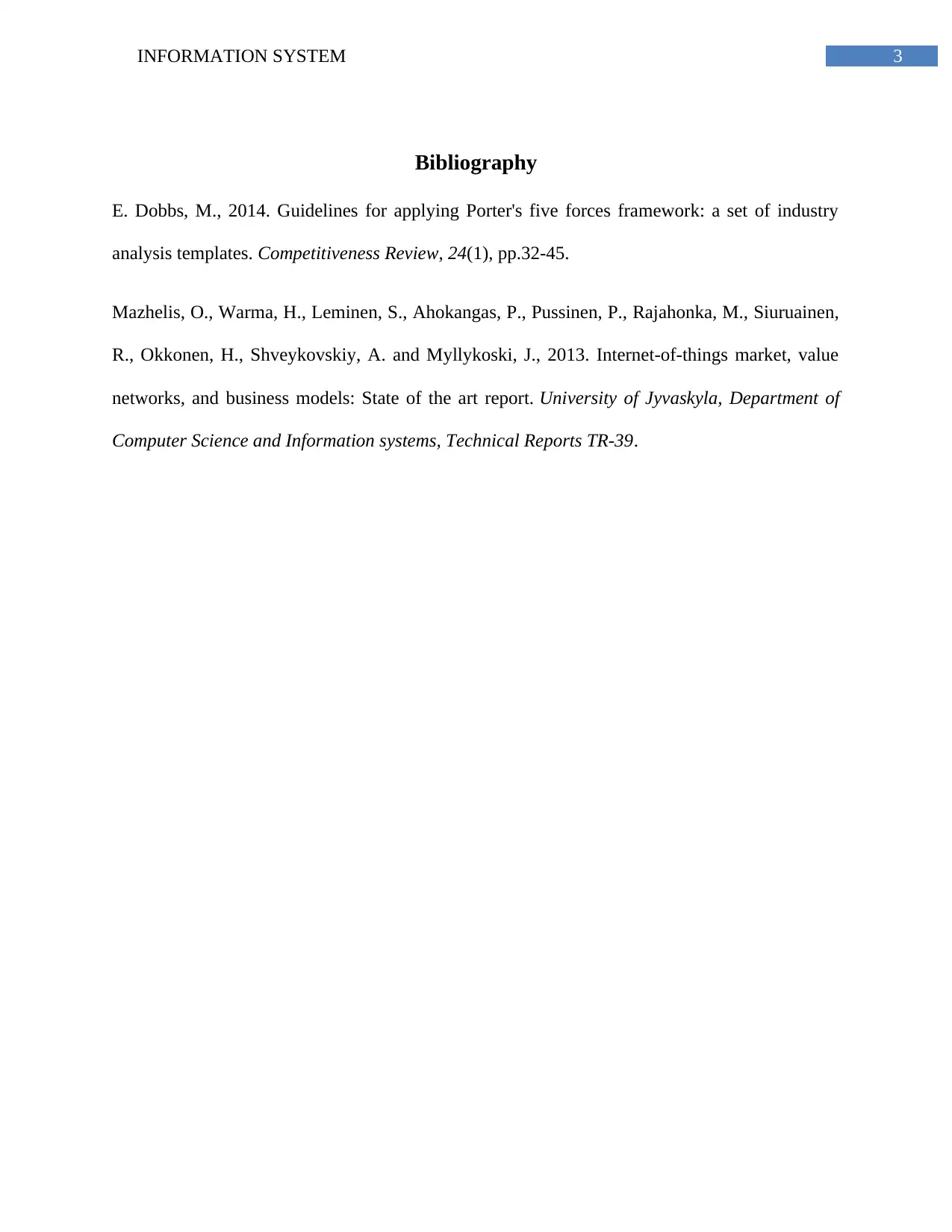Spectio Case Study: Analyzing the Transition of a Lighting Company
VerifiedAdded on 2020/04/21
|4
|512
|186
Case Study
AI Summary
The assignment is a case study analysis of Spectio, a company transitioning from a lighting business to the Internet of Things (IoT) industry. The study analyzes Spectio's challenges and opportunities, focusing on the application of Porter's Five Forces to assess the competitive landscape in both the lighting and IoT sectors. The analysis examines the threat of new entry, buyer power, threat of substitution, supplier power, and competitive rivalry to determine the optimal strategic direction for Spectio. The conclusion suggests a gradual transition to the IoT industry due to its lower competitive rivalry and potential for high-value contracts and revenue growth. The assignment includes references to academic sources that support the analysis.
1 out of 4











![[object Object]](/_next/static/media/star-bottom.7253800d.svg)